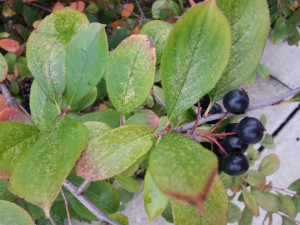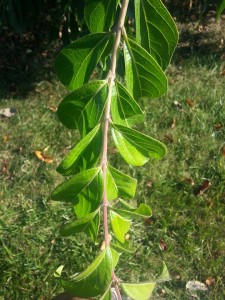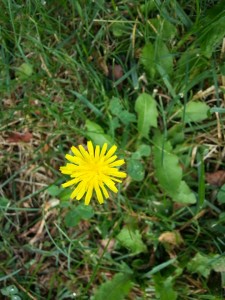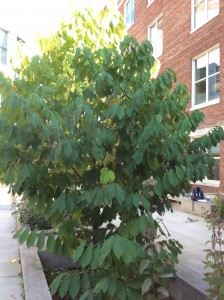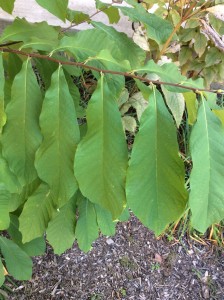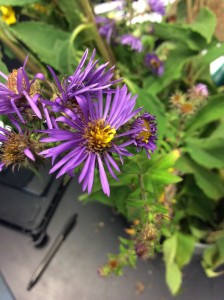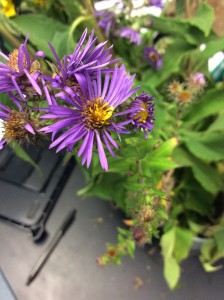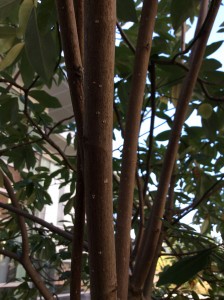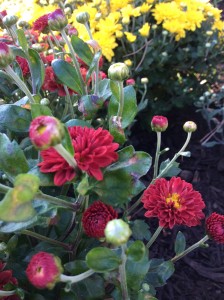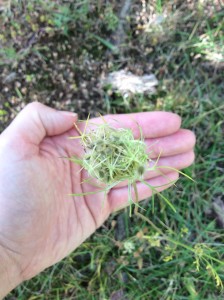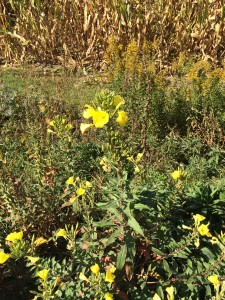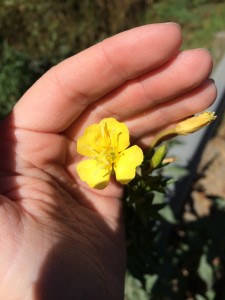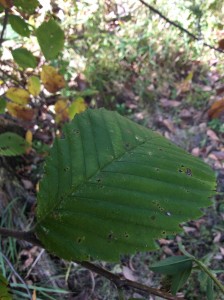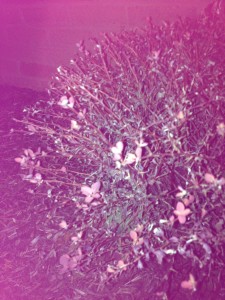Rosa sp.
This plant was found during the field trip to the Chadwick Arboretum and learning garden. It was cultivated along the roadside of Lane Ave.
(ignore that it is in blue font and underline, I do not know how that got that way nor do I know how to change it)
This plant was found in the courtyard of Jennings Hall.
This is a member of the Poaceae family, also commonly known as the grass family. A conserved characteristic that helped identify this plant to family is the fact that it is a grass because of its hollow round open leaf sheath. Other conserved characteristics include tiny wind pollinated flowers, parallel venation, and they are monocot.
It is possibly a shrub of the Rosaceae family. Aronia berry
Aronia sp.
This plant was found outside of Jennings Hall.
This is a plant with berries. It was keyed as a berry because I squished the berry like structure and it was fleshy both inside and outside. It contains a black berry, with alternate, serrate leaves.
Through Newcomb’s it was not keyed correctly, however it may have been closely related to the Swamp Fly Honeysuckle
Lonicera oblongifolia
Similarities of the two are that the leaves are oblong, the berries are red and the leaves are entire and opposite, however the Swamp Fly Honeysuckle blooms in late spring. It is now fall as this picture is being taken.
This plant was found along the roadside of Henderson Rd.
This plant has opposite, simple, entire leaves. It was keyed because the leaf arrangement are next to each other along the stem, on the opposite sides of the stem, they contain one leaf per petiole, meaning they are simple, and the margins of the leaf are smooth, meaning entire.
Taraxacum officinale
Known as a Common Dandelion
This plant was also found during the field trip to Chadwick Arboretum and learning garden.
It was keyed to species because growing up, we all know what a dandelion is. However, it is commonly known to know an all yellow head.
Andropogon gerardii
Big Blue Stem
This picture was taken in the middle of the driveway to the parking lot at Cedar Bog.
This plant is one of the three main prairie grasses. It was keyed to Big Blue Stem because it was spoken about during the field trip to Cedar Bog. It’s characteristics include its tall height, it’s coloring of being reddish purple bronze, and it’s flowering part looking similar to that of a turkey’s foot.




